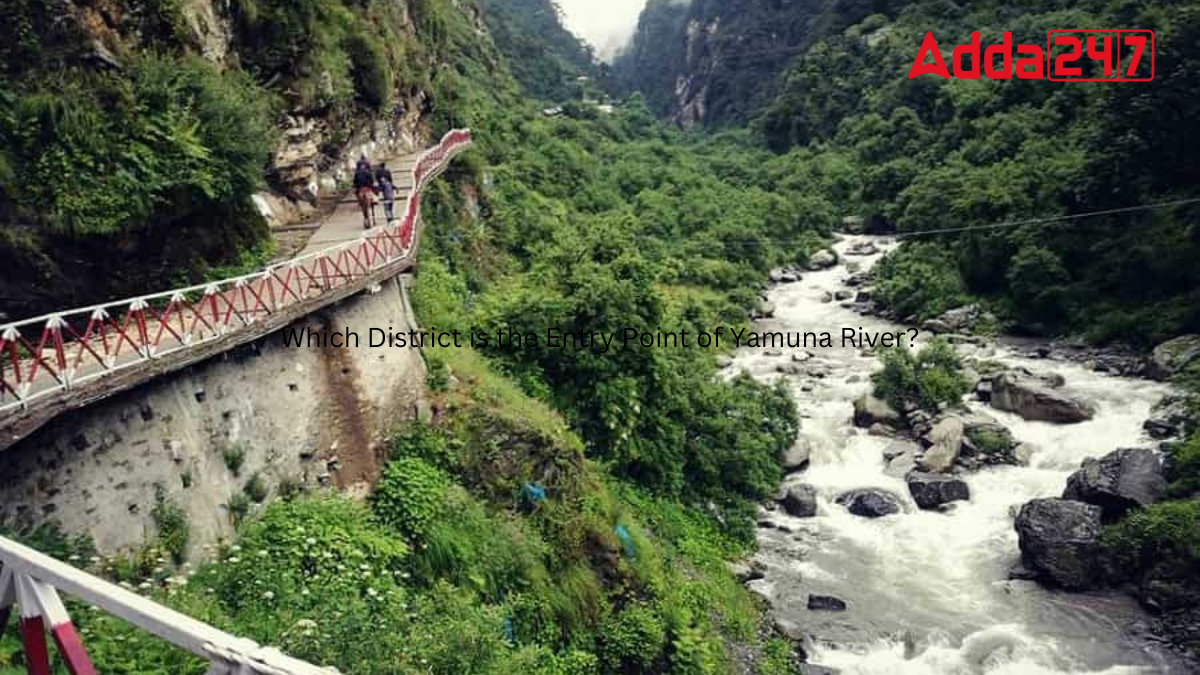Uttar Pradesh, a state known for its rich cultural heritage and religious sites, boasts several significant rivers, among which the Ganges and the Yamuna hold special reverence. These rivers not only hold cultural significance but also serve as major sources for drinking water and irrigation in India. While it is common knowledge that the Yamuna River merges with the Ganges at Prayagraj, Uttar Pradesh, many may not know from which district the Yamuna enters the state. This article aims to shed light on this lesser-known aspect.
Where Does the Yamuna Originate?
The Yamuna River originates from the Yamunotri Glacier, located in Uttarkashi district of Uttarakhand, India. It emerges from the Himalayas, near the holy shrine of Yamunotri, and flows through the picturesque valleys of Uttarakhand before entering the plains. This glacier-fed river holds immense religious significance in Hinduism and serves as a vital water source for millions of people as it journeys through various regions of North India.
Yamuna, a Major Tributary of Ganga River
The Yamuna River is a significant tributary of the Ganges, flowing parallel to it through Uttar Pradesh, India. After entering the state, it merges with the Ganges at Prayagraj, forming a confluence considered sacred by Hindus. The Yamuna contributes to the Ganges’ flow and holds cultural and religious importance in the region.
Tributaries of the Yamuna River
Several rivers act as tributaries to the Yamuna. On its right bank, it is joined by rivers like the Chambal, Sindh, Betwa, and Ken. On the left bank, tributaries include the Tons, Hindon, Sharda, Kandak, Giri, Rishi Ganga, and Hanuman Ganga.
Which Districts is the Entry Point of Yamuna River in Uttar Pradesh?
The Yamuna River enters Uttar Pradesh from the Saharanpur district. This marks the transition of the river from the Himalayan foothills to the plains of the Doon Valley. Saharanpur, Uttar Pradesh’s northernmost district, is renowned for its woodworking industry and is home to the state’s first Elephant Reserve. Additionally, it hosts the annual Shakumbhari Mela, further adding to its cultural significance.



